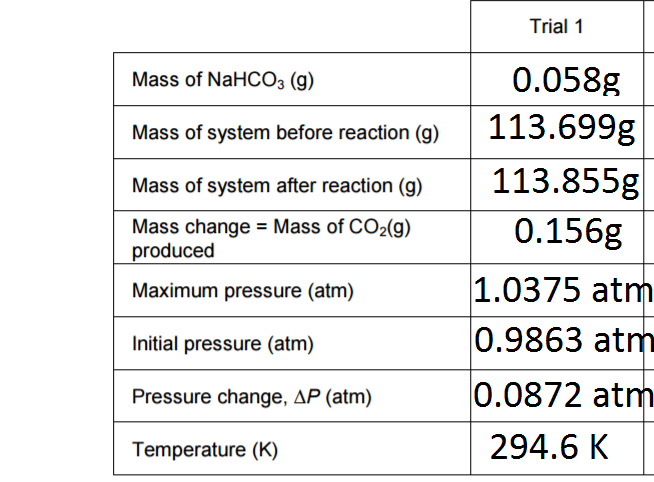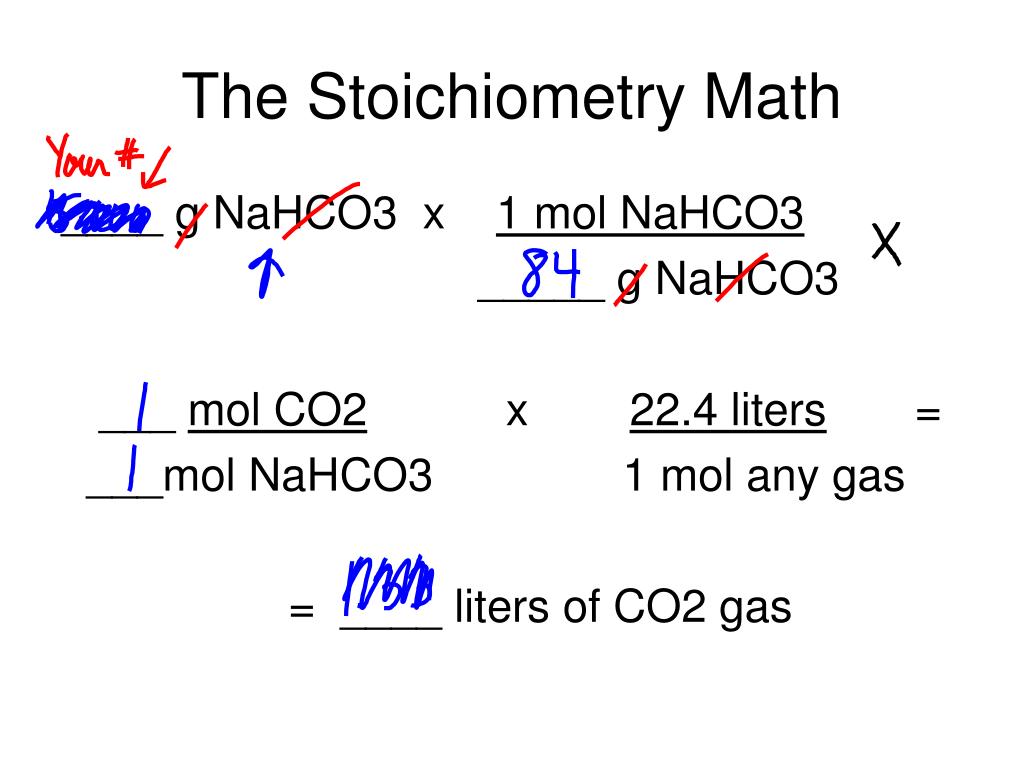

It is impossible to count individual molecules, so there is no way we could directly measure the amount of particles in a substance (even if we could it would take way too long). The concept of molar mass is important in chemistry because it serves as a conceptual bridge between the mass of a substance and the amount of particles in that substance. Individual water molecules have weights that can range from 18.010 Da to 22.07 Da due to the presence of different isotopes of hydrogen and oxygen. The molar mass of water might be 18.02 g/mol, but this does not mean that each molecule of water weighs 18.02 Da. The molar mass of a substance is not really an indication of the properties of individual molecules Individual molecules of a substance can differ in weight due to the presence of different isotopes of elements. Molar mass is measured in g/mol and molecular mass is measured in Daltons (Da). Molar mass is a measure of the average weight of a mole of a substance and molecular mass is the weight on an individual molecule of that substance. It is important to not confuse the concepts of molar mass and molecular mass. Difference Between Molar Mass And Molecular Mass One molecule of ethylene has 2 carbon atoms and 4 hydrogen atoms, so:Įthylene has a molar mass of 28.05 g/mol. Next, we multiply those values by the ratio of elements in a single molecule of the compound and add the resulting values together. What is the molar mass of ethylene? Fist we find the molar masses of carbon and hydrogen, 12.0107 and 1.00794 respectively. Say we have ethylene, which has a chemical formula of C 2H 4. This process will let you find the molar mass of any compound, no matter how complex. Multiply those values by their ratio of elements in a single molecule of the compound.Determine the molar masses of the individual atomic components.In general, the process for finding the molar mass of a compound takes 3 steps: So water has a molar mass of 18.02 g/mol one mole of water would weigh 18.02 grams. Now, we multiply the value for hydrogen by 2 because there are two hydrogen atoms in every molecule of water, and add the totals together: Hydrogen (H) has a molar mass of 1.00794 g/mol and oxygen is 15.9994 g/mol. To find the molar mass of water, we add together the molar masses of its parts. The molar mass of an entire compound is simply equal to the sum of the molar masses of its constituent elements. Multiplying this value by the molar mass constant tells us that arsenic has a molar mass of 74.9216 g/mol. 6.023 × 10 23 atoms of arsenic would weigh 74.9216 grams. For example, arsenic (As) has a standard atomic weight of 74.9216. The standard atomic weight can be found on the periodic table under the corresponding element. The molar mass of an element can be determined by multiplying the standard atomic weight by the molar mass constant M μ=1g/mol. Credit: WikiCommons CC0 1.0Įvery element has a standard atomic weight-a weighted average of all the weights of the different isotopes of an element. The mole is also called Avogadro’s number, after Italian chemist Amedeo Avogadro. So the molar mass is a measurement that tells you how much 6.023 × 10 23 atoms or molecules of a substance weighs. Likewise, one mole of a substance would have 6.023 × 10 23 constituent particles. One mole of apples would be 6.023 × 10 23 apples. Just like the words “million” and “billion”, a “mole” specifies a particular quantity of something. A ‘mole” is a counting number that corresponds to the number 6.023 × 10 23. The molar mass of a substance tells you how much one mole of that substances weighs. So, the molar mass of carbon dioxide is 44.01 g/mol. Multiplying these values to reflect the proportions in a single molecule of carbon dioxide gives us: Carbon has a molar mass of 12.0107 g/mol and oxygen has a molar mass of 15.9994 g/mol.


The entire molar mass of carbon dioxide can be determined by adding together the molar masses of its atomic components. The chemical formula of carbon dioxide is CO 2. Carbon dioxide is also a naturally occurring greenhouse gas in the Earth’s atmosphere and is formed via the activity of volcanoes, hot springs, animal respiration, fire, and geological movement. Carbon dioxide is a natural byproduct of the cellular respiration cycle in animals and one of the main reactants processed during plant photosynthesis. At room temperatures, carbon dioxide is a colorless odorless gas that is 60% denser than normal air. Carbon dioxide is a covalent compound composed out of two oxygen atoms double bonded to a carbon atom.


 0 kommentar(er)
0 kommentar(er)
